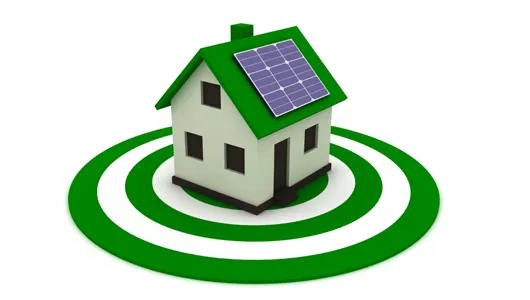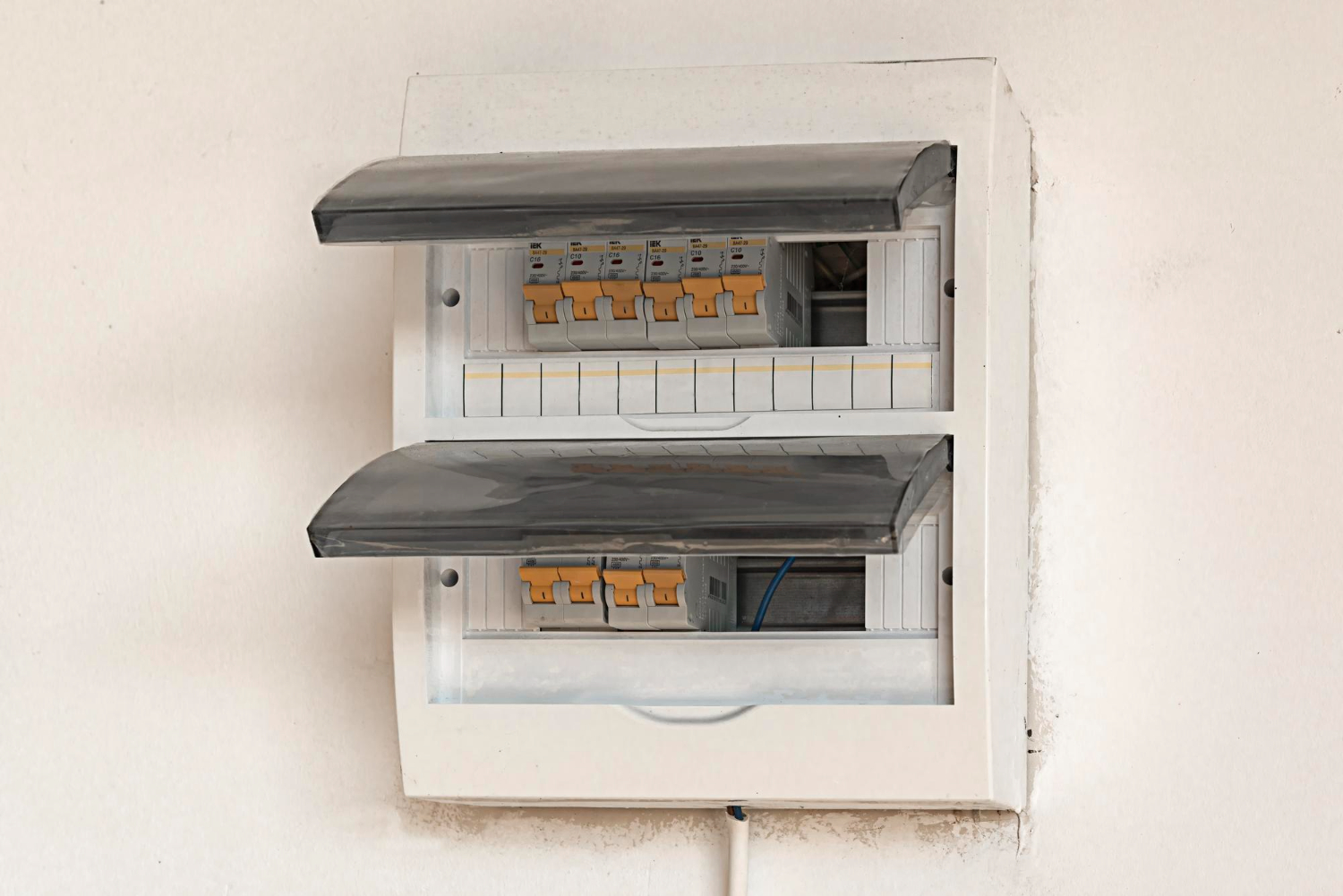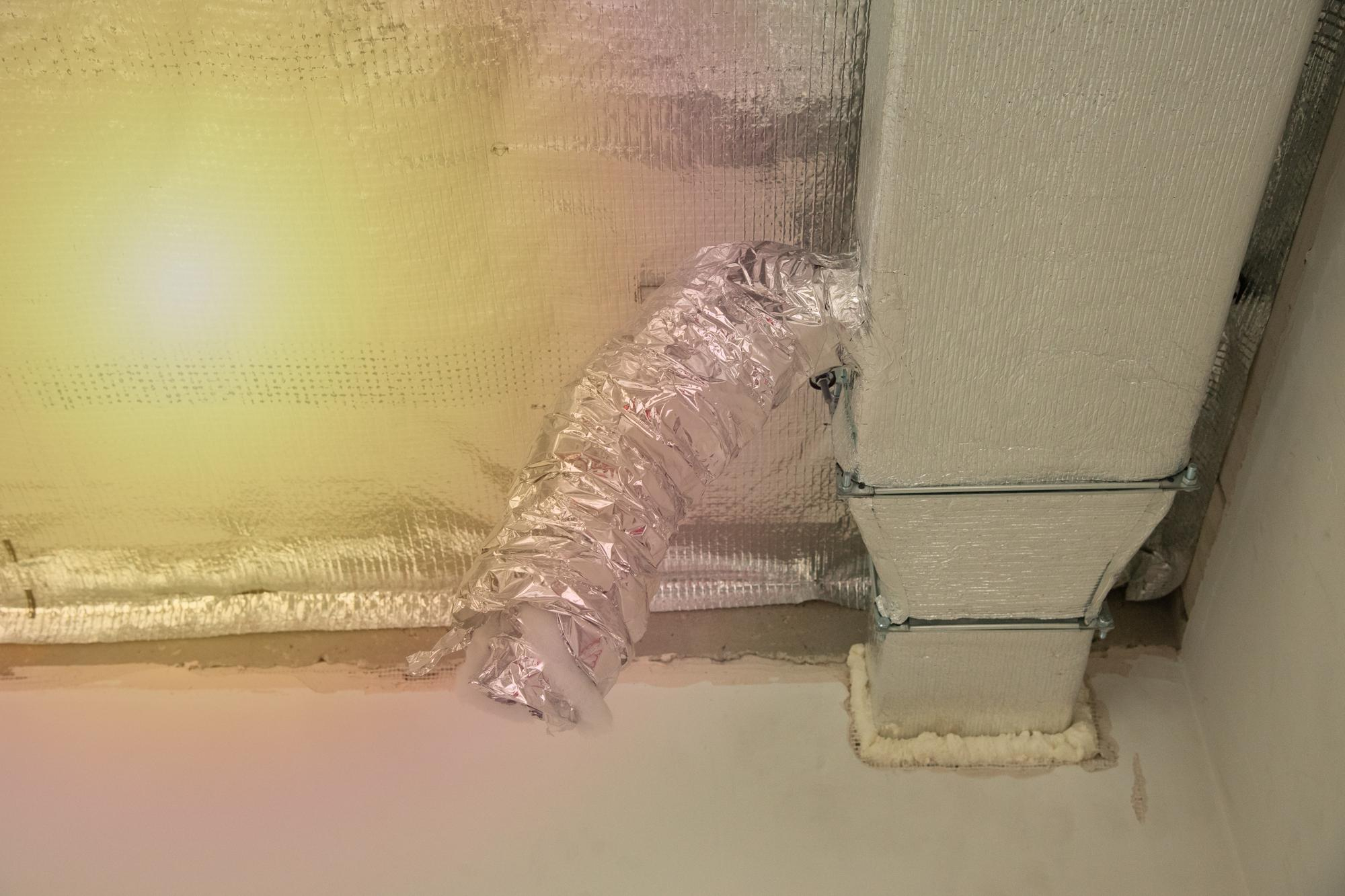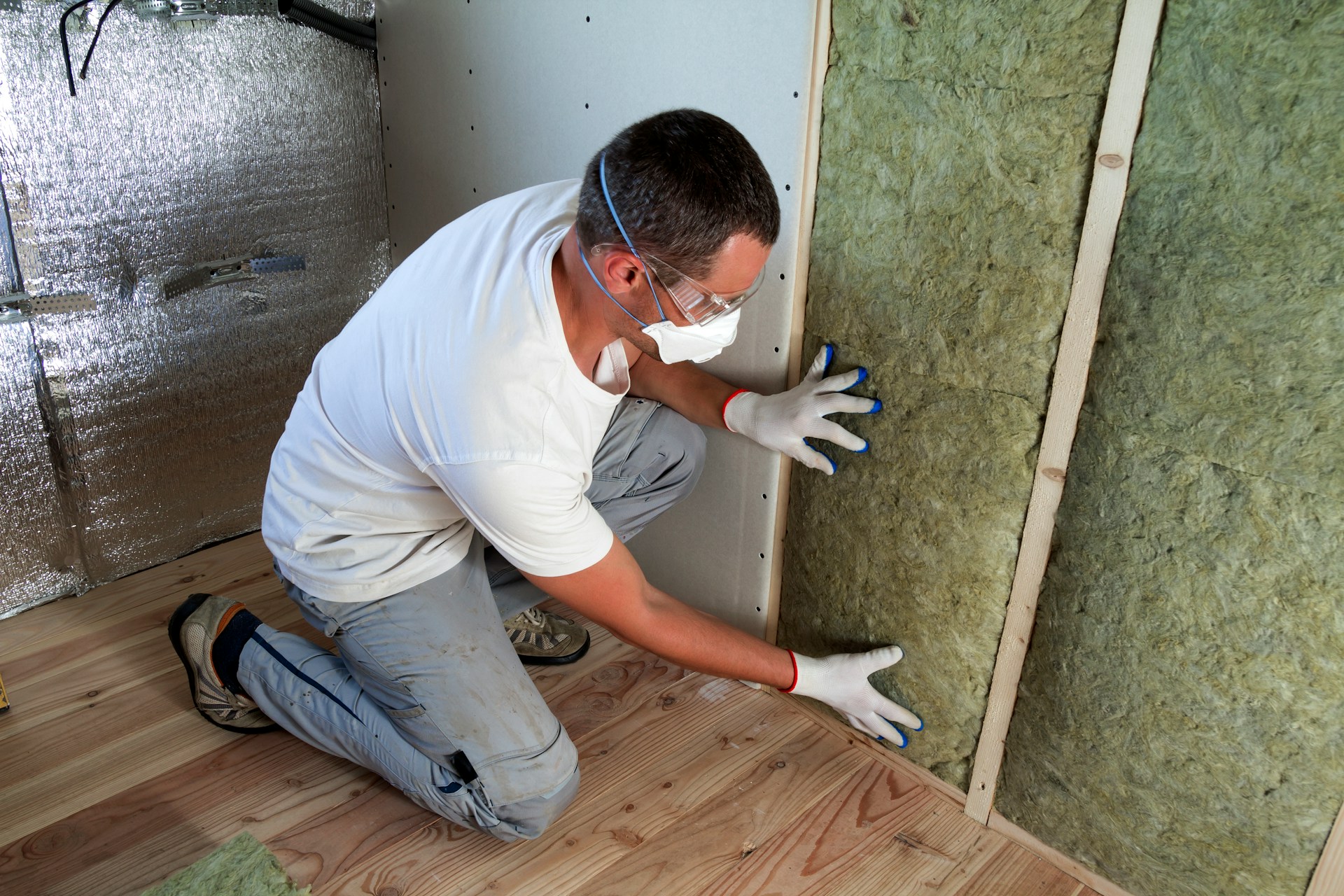Solar Investment Tax Credit is Extended, Creating Opportunity for Energy Efficiency
Here is some good news if you’ve been thinking about installing a solar system at home to generate electricity or power your HVAC system: Congress has extended the 30% solar investment tax credit, which had been scheduled to drop to 10% at the start of 2017.
If you run the numbers and decide solar will work for you, it also could present an opportunity for you to make some upgrades to your home with a goal of reaching (or at least approaching) zero net energy status.
Abbreviated as ZNEHs, zero net energy homes consume about the same amount of energy that they produce. This, of course, delivers the benefit of drastically reduced energy bills compared to conventional homes.
Achieving these levels of energy efficiency requires high-performance insulation, elimination of drafts and gaps, and installation of high-efficiency HVAC systems, appliances, and lighting.
For example, a home in Lewisville, Texas was retrofitted to become a “zero energy ready home.” The 1,270 square-foot house in our hot and humid climate has annual utility costs of $480, or $40 a month. It’s described as zero energy ready because a solar system hasn’t been installed yet.
If the homeowner installs a solar system, the home is expected to achieve zero energy status. If you’d like to learn more about this home, check out the write-up about it on the Department of Energy’s website.
We’ll probably be hearing more and more about ZNEHs, near-ZNE, and ZNE-ready homes in the coming years as solar and other technologies that deliver energy efficiencies drop in price and expand in the marketplace.
A new report from Navigant Research forecasts ZNEHs to grow from 750 in 2015 to 27,000 in 2025!
If you’d like to learn more about solar HVAC systems, high-performance insulation, and other strategies for making your home or business more energy efficient, reach out to us at Daffan Cooling & Heating.










